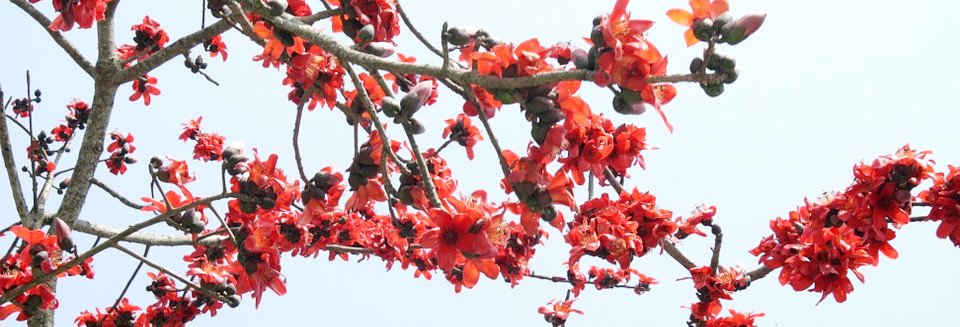Kapok
INTRODUCTION TO KAPOK
Kapok fiber is a silky cotton-like substances and originates from the Kapok tree, which is also known as ceiba kentandra. The ceiba tree belongs to the Bombacacae family and is primarily found in Asia in tropical and semi-tropical climates at an altitude less than 1000 feet, in porous volcanic soil.
The silky kapok fiber, or floss, is a tiny cellulose tube with air sealed inside and it is ideal for stuffing life preservers and other water-safety equipment because of its excellent buoyancy. It can support as much as 30 times its own weight in water and loses only 10 percent of buoyancy over a 30-day period. It is eight times lighter than cotton and, thanks to its vacuum fibers, extremely thermal-insulator. Kapok fiber is also lightweight, non-allergic, non-toxic, resistant to rot and odorless.
Kapok has been used as a filling material or for nonwovens originally. Kapok fiber in terms of spinning it to yarn is relatively new as for a long time, Kapok was thought to be non-spinnable due to its slight wax-like coating. It was only in 2006 where the first commercial spinning trials suceeded.

